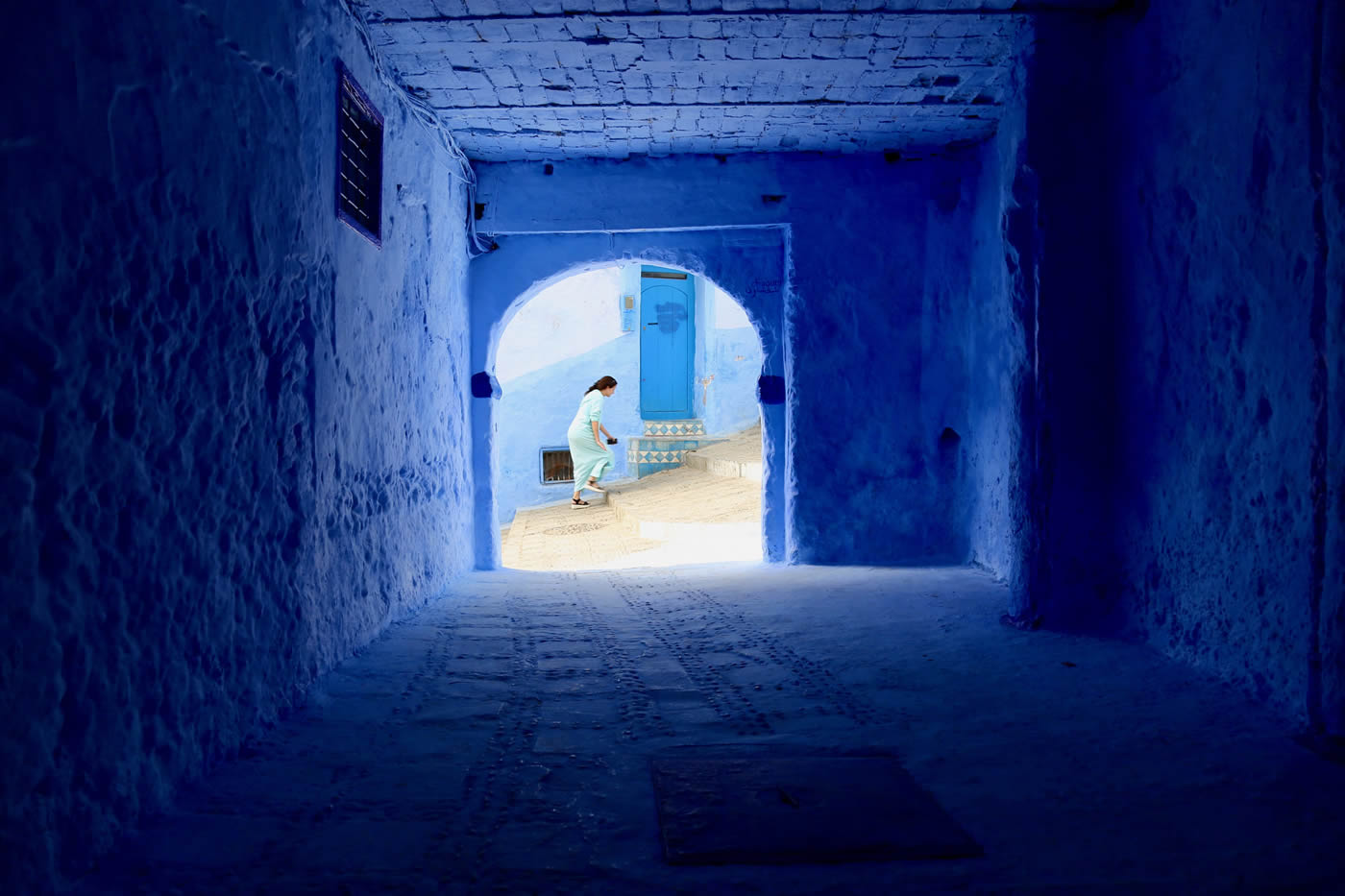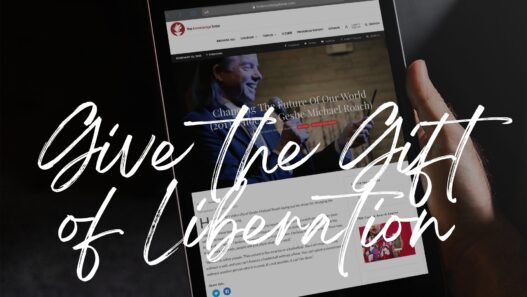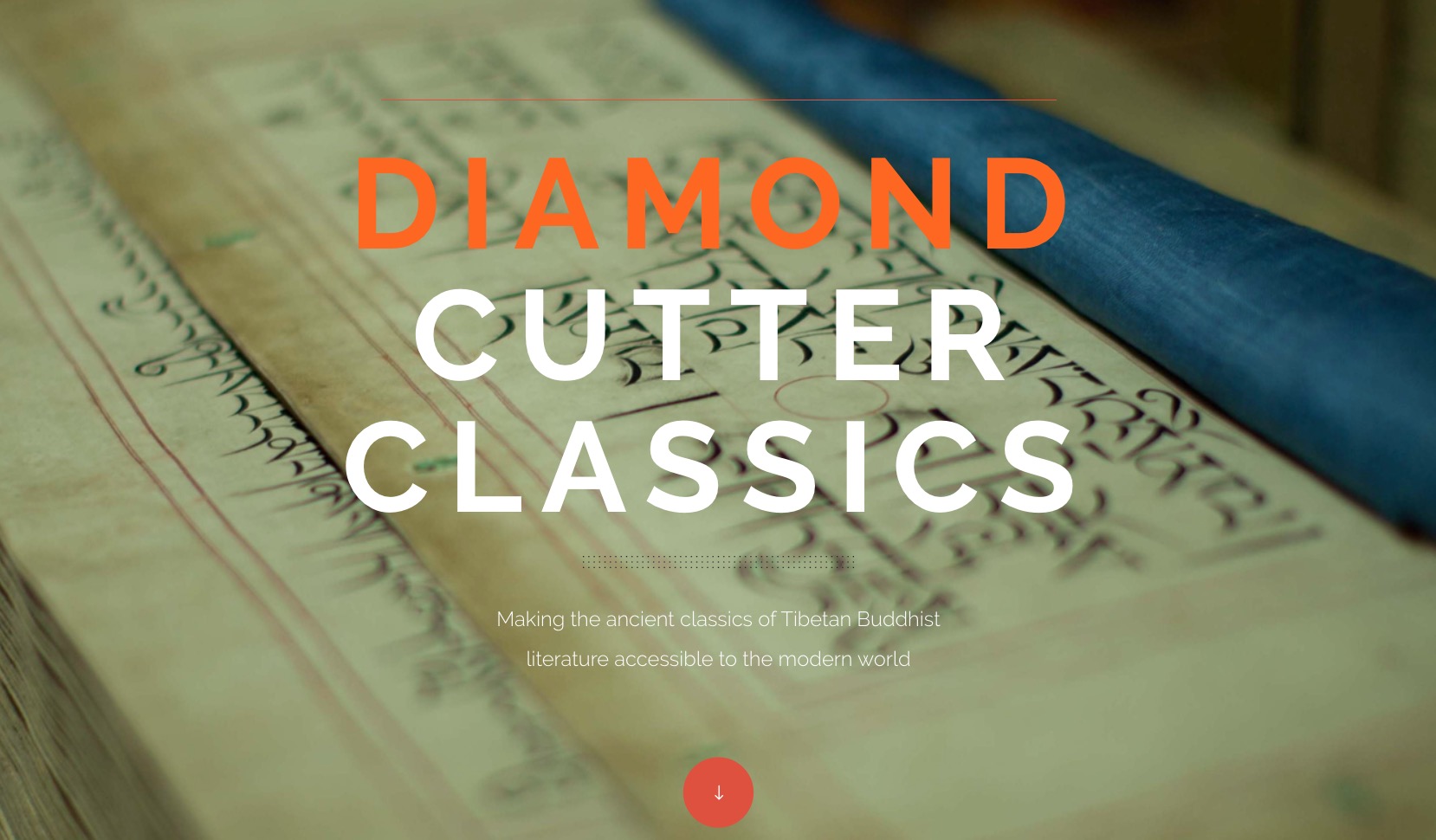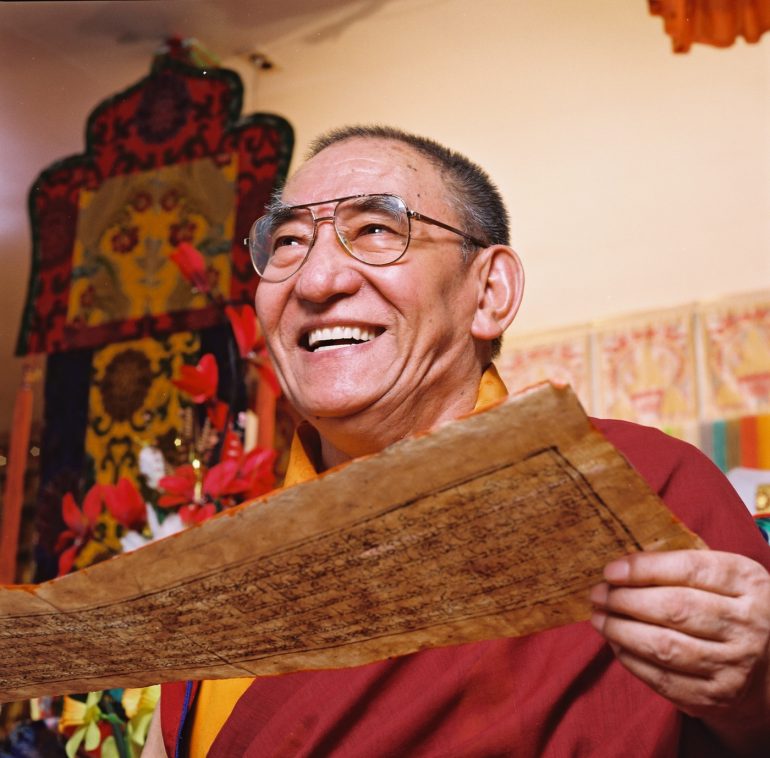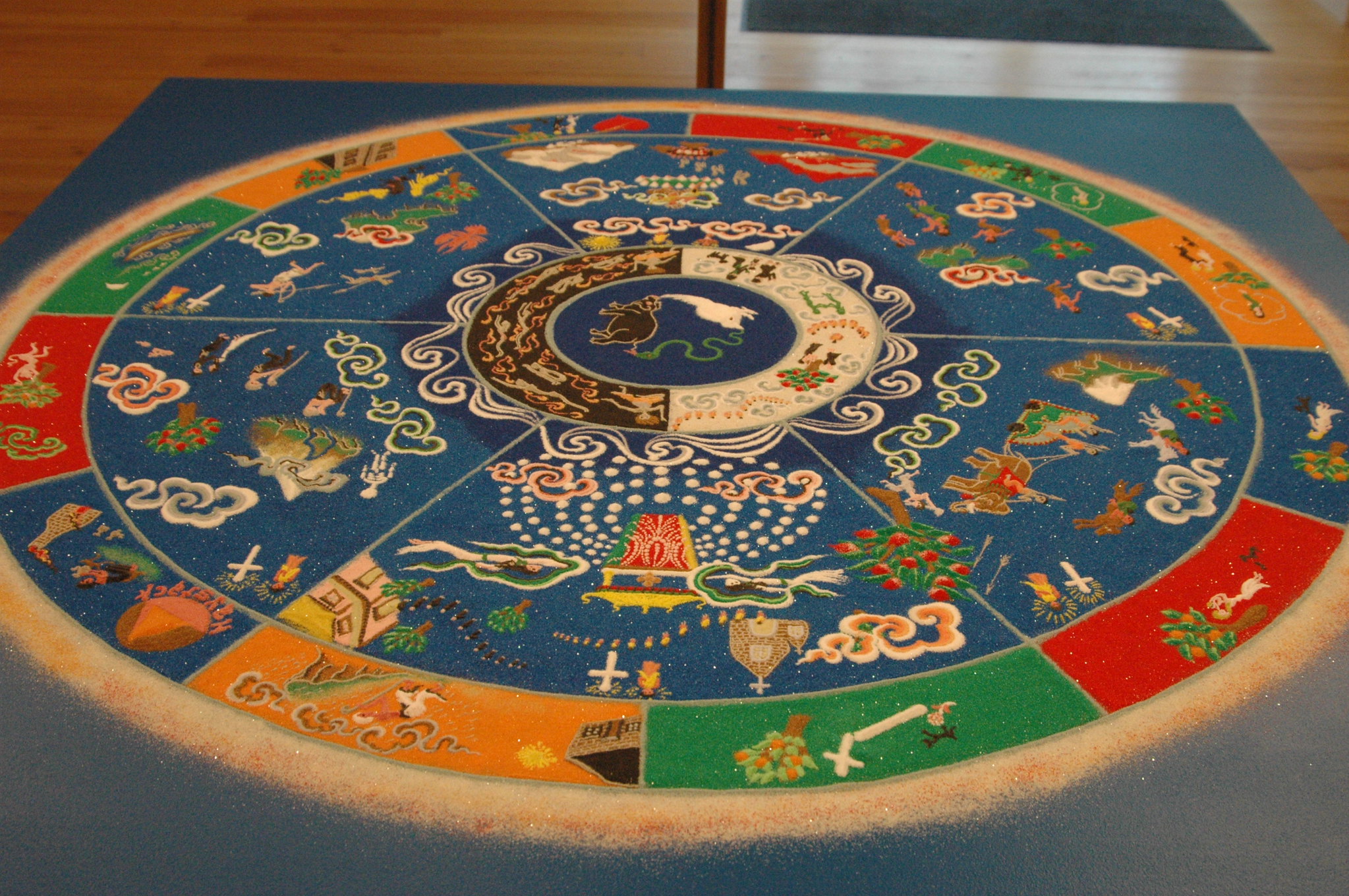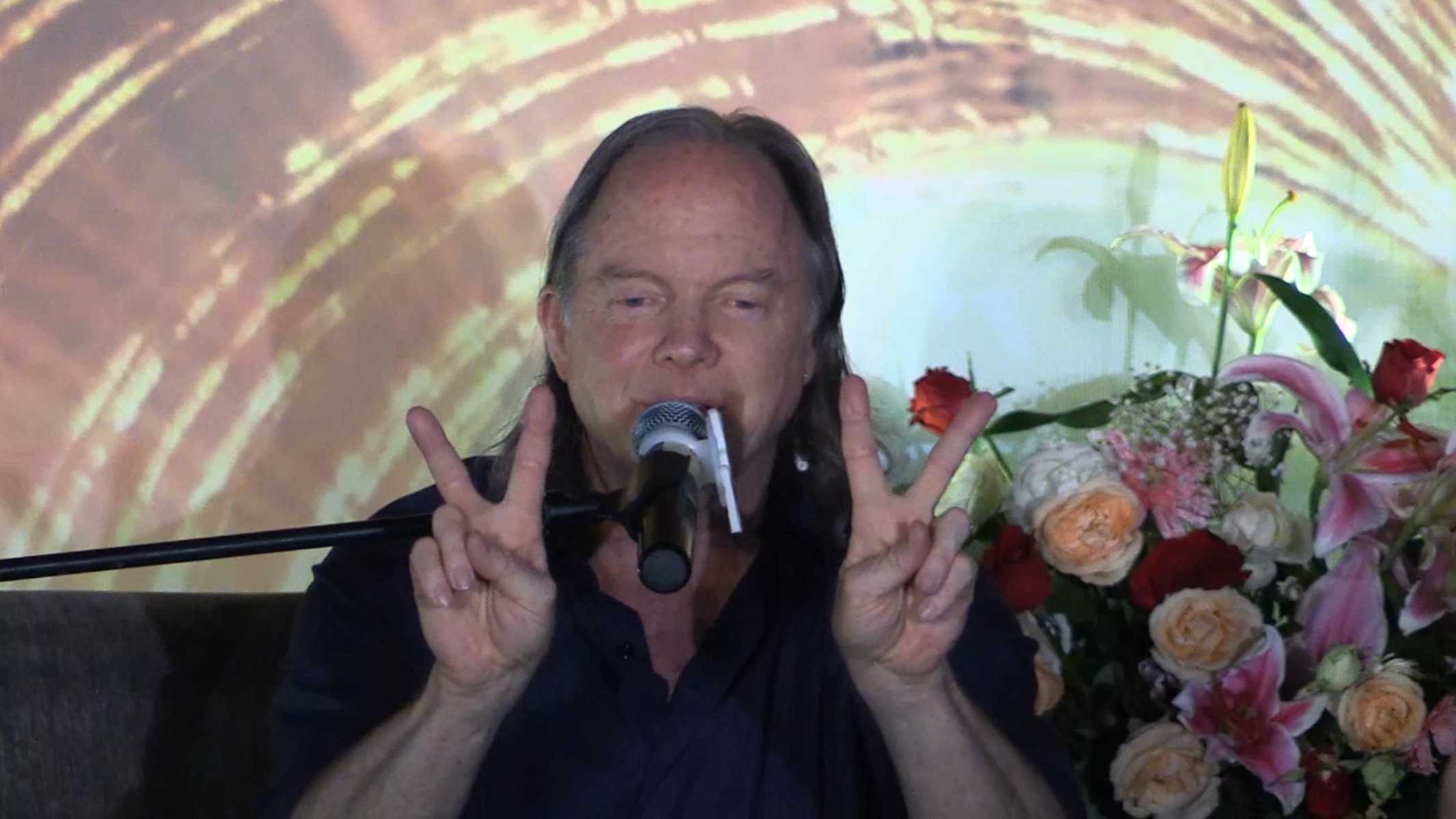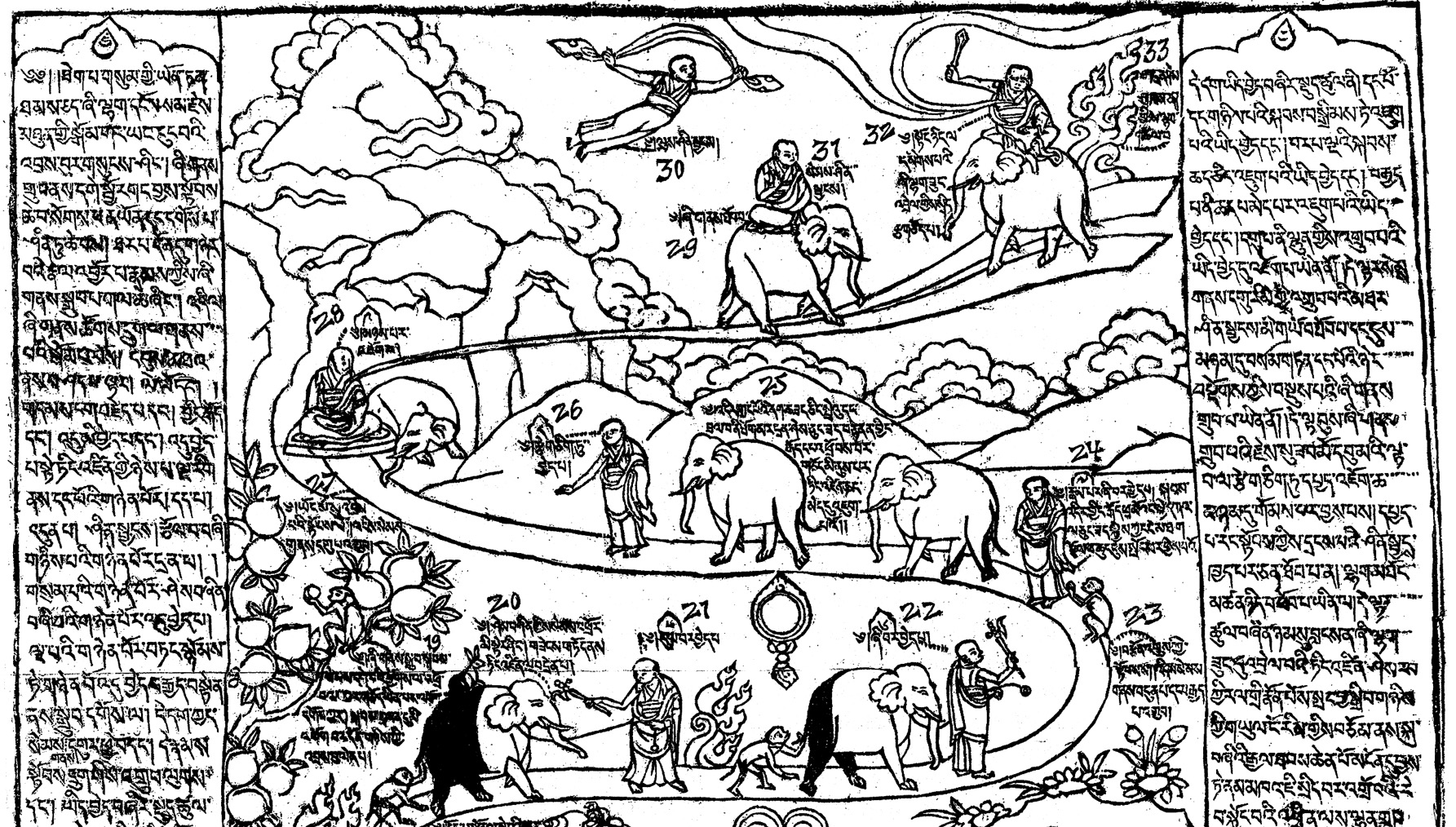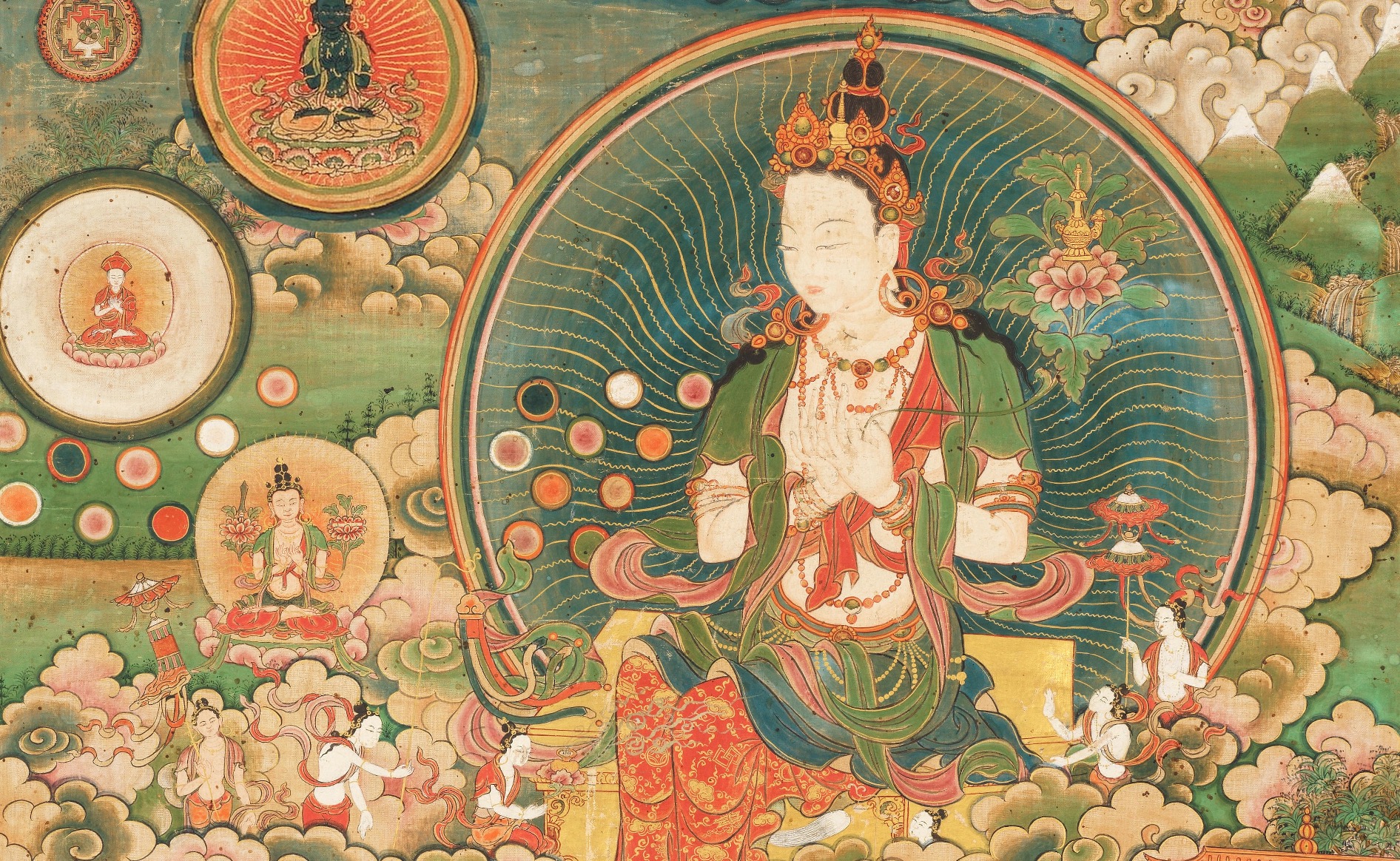For this course series, Geshe Michael has chosen the following text for our study of how to meditate on emptiness. Below you can find all of the video and audio to date, as well as a link to Bets Greer’s current translation.
This book by Choney Lama starts out by giving a general explanation about what ‘no-self nature’ means according to all schools of Buddhism, then goes deeper into the differences in the understanding of emptiness according to the four ancient schools of Buddhism. In fact, these differences in the understanding of emptiness is what actually defines and sets each school apart.
Choney Lama’s book however is not just a philosophical exploration, the main purpose of this book is a practical instruction manual on how to actually meditate on emptiness. So, taking the structure of this text into consideration, what Choney Lama is actually implying is that if you can develop the mental agility to meditate on these subtle differences which define the four ancient schools of Buddhism it will allow you to actually perceive them yourself directly.
As Choney Lama keeps reminding us in his text:
“It doesn’t help much if you spend a lot of time arguing about it as philosophy; that is, if you just limit yourself to words. Rather, you should try to perceive, for yourself, the different flavors of no-self that people like this are actually seeing—and you can use the descriptions you find here in this text to help you.”
About the Diamond Cutter Classics Project
Around 1000 AD, 1500 years after the time of the Buddha, the Tibetans undertook a monumental task: to translate thousands of pages of Buddhist literature from Sanskrit into Tibetan. It took them 700 years to complete translations of the kangyur (the word of the Buddha) and the tengyur (the Indian commentaries).
Now, as Buddhism has been making a big push westward, Geshe Michael’s aim is to complete an even larger task: to translate hundreds of thousands of pages of Buddhist literature into modern languages. Since the blossoming of Buddhism in Tibet, no less than 200,000 pages of brilliant commentary have been composed by masters and scholars in the Tibetan language.
In this ongoing series of courses, Geshe Michael’s goal is to create and guide a team of young translators to translate these great classics. First stage is to translate these great classics into English and from there they can be easily translated into modern Chinese, Spanish, German, Russian and many other languages. These classes are by no means only for translators, it’s a rare opportunity to learn these subjects directly from Geshe Michael as he does a word-by-word commentary, and goes much deeper into the finer points of Buddhist philosophy and practice.
These classes are by no means only for translators, it’s a rare opportunity to learn these subjects directly from Geshe Michael as he does a word-by-word commentary, and goes much deeper into the finer points of Buddhist philosophy and practice.
Geshe Michael has chosen a number of subjects for this new course series and translator training program. These subjects will include all of the major subjects of the traditional Geshe program, as well as going into other specialized topics which may not normally be included in the Geshe program.
This course series will be organized by the following topics: Upper Middle Way, Meditation on Emptiness, The Mind-Only School, Lower Middle Way, Logic, Higher Knowledge (Abhidharma), Vowed Morality, Developing the Good Heart (Lojong), and Comparative Philosophy. View the website below for more information:
The goal of this text, series of classes, and the entirety of Buddhist study and practice is to learn different methods for ripping this mistaken belief out of our minds, and travel the path which pleases the wise to reach perfect freedom. Don’t waste anymore time. Dive in!
Light on the Path to Freedom: An Explanation of the Steps for Developing an Understanding That Nothing is Itself written by Choney Lama, Drakpa Shedrup (1675–1748)
Video Playlist
This is a video playlist. Just click for the next video to see additional videos in the series.


